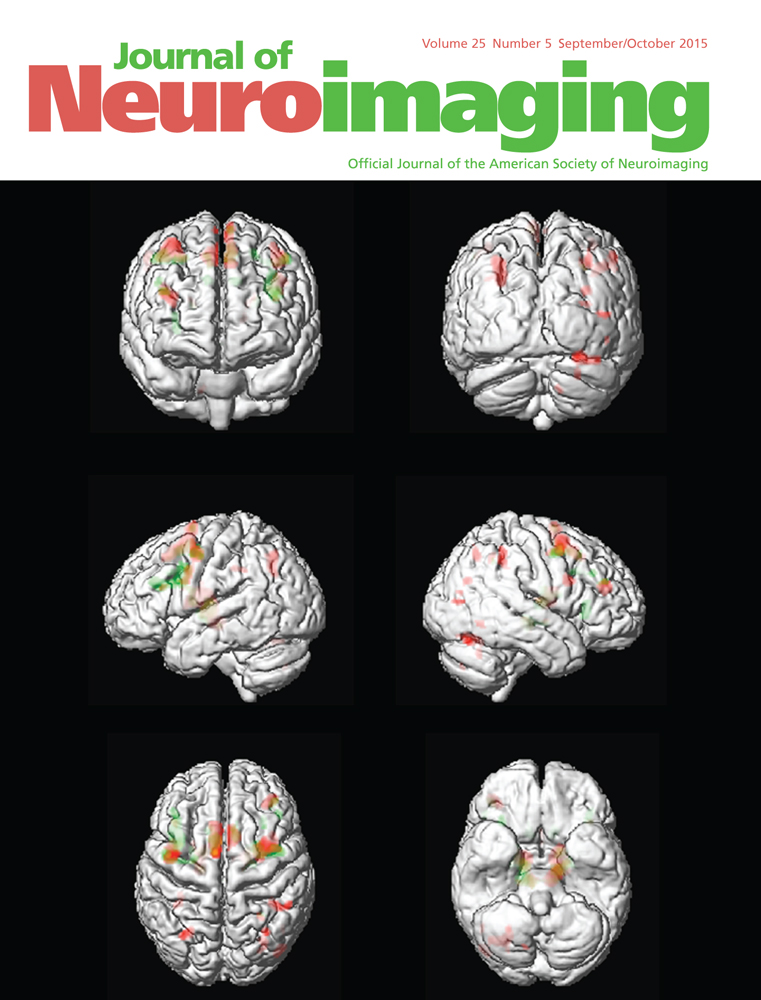White Matter Hyperintensities and Mild Cognitive Impairment in Parkinson's Disease
Disclosure: This research was supported by the Singapore National Research Foundation and Singapore Ministry of Health's National Medical Research Council and by the Buffalo Neuroimaging Analysis Center neuroimaging fellowship to Elijah Mak.
ABSTRACT
OBJECTIVES
The clinical implications of white matter hyperintensities (WMH) in non-demented Parkinson's disease (PD) have not been thoroughly examined. To address this, we investigated the spatial distribution of WMH and their regional predilection in non-demented patients with mild PD.
METHODS
Cognitive assessments classified the sample into patients with mild cognitive impairment (PD-MCI, n = 25) and patients with no cognitive impairment (PD-NCI, n = 65) based on the recent formal Movement Disorder Task Force diagnostic criteria. The mean age was 65.1 ± 7.7 years, disease duration was 5.3 ± 3.9 years, and Hoehn and Yahr stage was 1.9 ± .4. WMHs were outlined on T2-weighted imaging using a semi-automated technique. The spatial distribution of WMHs were compared between PD-MCI and PD-NCI using voxel-wise lesion probability maps (LPM). General linear models examined the associations between spatially specific WMHs and cognitive domains.
RESULTS
LPM analyses showed significant differences in the spatial distribution of WMH in PD-MCI compared to PD-NCI in widespread regions of the brain (P < .05). PD-MCI demonstrated significantly greater total and periventricular WMHs compared to PD-NCI (P ≤ .02). Spatial distribution of WMHs was also significantly associated with global cognition, performance on the Frontal Assessment Battery and Fruit Fluency (P < .05).
CONCLUSIONS
Voxel-wise LPM analysis revealed differences in the spatial distribution of WMH between PD-MCI and PD-NCI patients, particularly in the periventricular regions. A more widespread extent of WMH might be indicative of cognitive deterioration. Our findings warrant further longitudinal investigation into the importance of WMH spatial distribution as a predictor for conversion from PD to PD with dementia.




